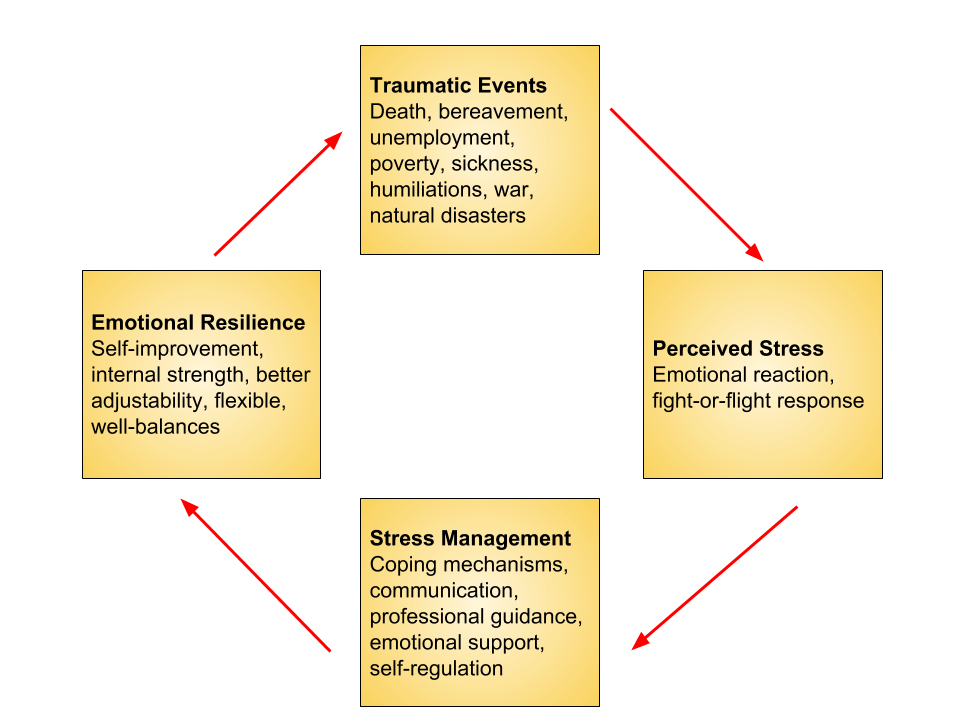Understanding Gum Recession and the Role of Invisalign
Gum recession is a common dental condition characterized by the gradual loss of gum tissue, leading to exposure of the tooth roots. While it can occur due to various factors such as genetics, poor oral hygiene, or aggressive brushing habits, it often goes unnoticed until it reaches an advanced stage. Understanding the causes and consequences of gum recession is crucial for effective prevention and management.
The Impact of Gum Recession on Oral Health
Gum recession can have significant implications for oral health. As the gum tissue recedes, it exposes the roots of the teeth, making them more susceptible to decay and sensitivity. Furthermore, gum recession can lead to gaps or pockets between the teeth and gums, providing an ideal environment for bacteria to thrive and cause gum disease. Left untreated, gum recession can eventually result in tooth loss and other serious dental issues.
Challenges in Addressing Gum Recession
One of the challenges in addressing gum recession is that it often develops gradually and may not cause noticeable symptoms until it has progressed significantly. Additionally, conventional treatment methods such as gum grafting surgery can be invasive, costly, and may require extended recovery periods. As a result, many individuals may delay seeking treatment, allowing the condition to worsen over time.
The Role of Invisalign in Gum Recession Prevention
In recent years, Invisalign has emerged as a popular orthodontic treatment option for straightening teeth and correcting bite issues. However, its benefits extend beyond cosmetic enhancement to include potential advantages for gum recession prevention. Unlike traditional braces, which use metal brackets and wires, Invisalign aligners are made of smooth, clear plastic trays that fit snugly over the teeth. This design minimizes irritation to the gums and reduces the risk of gum recession associated with traditional braces.
How Invisalign Works to Prevent Gum Recession
Invisalign works by applying gentle, controlled forces to gradually shift the teeth into their desired positions. By improving tooth alignment and closing gaps between the teeth, Invisalign helps to redistribute biting forces more evenly across the entire dental arch. This reduces the risk of excessive force being exerted on individual teeth and surrounding gum tissue, which can contribute to gum recession. Additionally, Invisalign aligners are removable, allowing for easier maintenance of oral hygiene compared to traditional braces.
Invisalign as a Non-Invasive Alternative
One of the key advantages of Invisalign in gum recession prevention is its non-invasive nature. Unlike gum grafting surgery, which involves transplanting tissue from one area of the mouth to another, Invisalign treatment does not require any surgical procedures. Instead, it relies on a series of custom-made aligners that are designed to gradually move the teeth into alignment. This makes Invisalign a more comfortable and convenient option for individuals seeking to address gum recession without undergoing invasive surgery.
The Importance of Early Intervention
Early intervention is crucial in addressing gum recession and preventing its progression. By seeking timely treatment, individuals can avoid the need for more invasive procedures and preserve their oral health in the long term. Invisalign offers a proactive approach to gum recession prevention, allowing individuals to address alignment issues before they lead to gum recession or other dental complications.
Consultation with a Qualified Orthodontist
If you are concerned about gum recession or are considering Invisalign treatment, it is important to consult with a qualified orthodontist who can assess your individual needs and develop a personalized treatment plan. During your consultation, your orthodontist will evaluate your dental health, discuss your treatment goals, and determine whether Invisalign is the right option for you. With proper care and guidance, you can take proactive steps to protect your smile and maintain optimal oral health for years to come. Read more about invisalign gum recession


